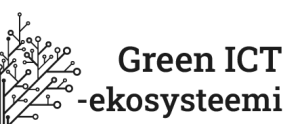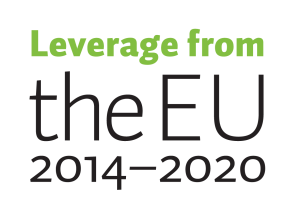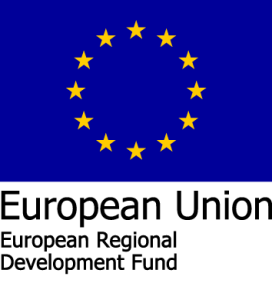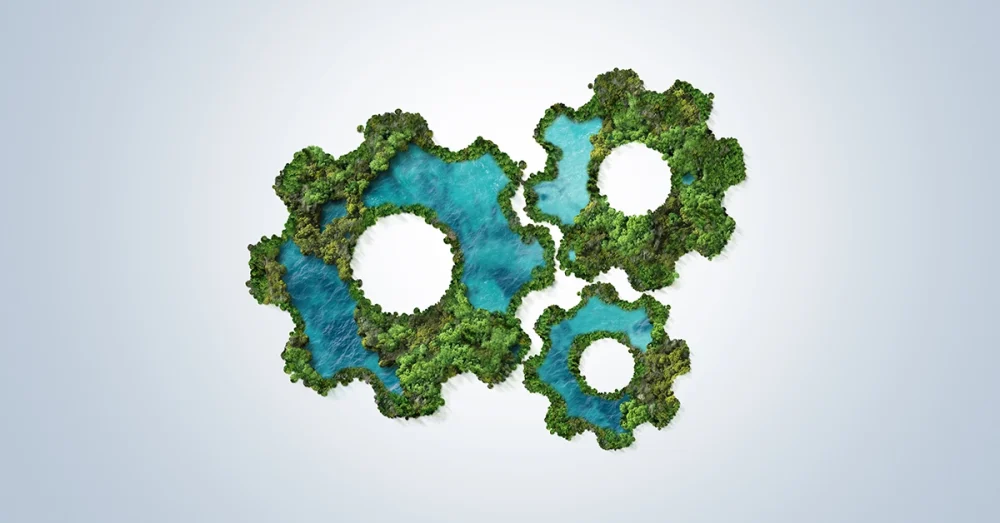
Sustainability (or sustainable development) as a subject area of human development is relatively recent. Even when England established sustainable tree felling practices in the 17th century, this was mainly to secure sufficient wood for warfare and merchant ships. In its current meaning, the notion of sustainable development originates from the 1974 Cocoyoc meeting in Mexico, the declaration of the United Nations Environment Program (UNEP), and the United Nations Conference on Trade and Development (UNCTAD).
Continuing from the Cocoyoc Declaration, the UN General Assembly passed Decision 38/161 in 1983, after which sustainable development became a basic principle of all UN work. Meanwhile, the Global Environment and Development Commission, also known as the Brundtland Commission, was appointed to investigate the topic. In 1987, in the “Our Common World” report, the Commission ended up defining sustainable development in a manner now widely adopted: “Sustainable development allows current generations to meet their own needs, without jeopardising the opportunities of future generations to meet theirs.”
The original model of sustainable development divides sustainability into three areas or sustainability dimensions: economy, society, and environment (Figure 1). The sub-areas related to environmental sustainability cover biodiversity, protecting natural areas, responsible usage of virgin natural resources, and preventing emissions and environmental pollution. Social sustainability covers openness, democracy, good governance, corruption prevention, legal system functioning, and social stability. Economic sustainability covers energy production, recycling, sustainable growth, fairness, and social responsibility. Sustainable development in this model requires the balanced development of these three sub-areas without one sub-area hindering the development of another.

The description of sustainable development according to the original model presented the different areas as separate, mutually influencing domains, thus making it possible to have different perspectives (e.g., emphasising one dimension more at the expense of another) on what sustainability means. This was different from the intention of the Brundtland report. In 2008, Dobbel presented an alternative way of describing the aspects of sustainable development (Figure 2). In this model, the different dimensions are already nested; the economic dimension is tied to society, which is part of the ecosystem. In this case, the environment’s possibilities and limitations must always be considered when evaluating the effects.
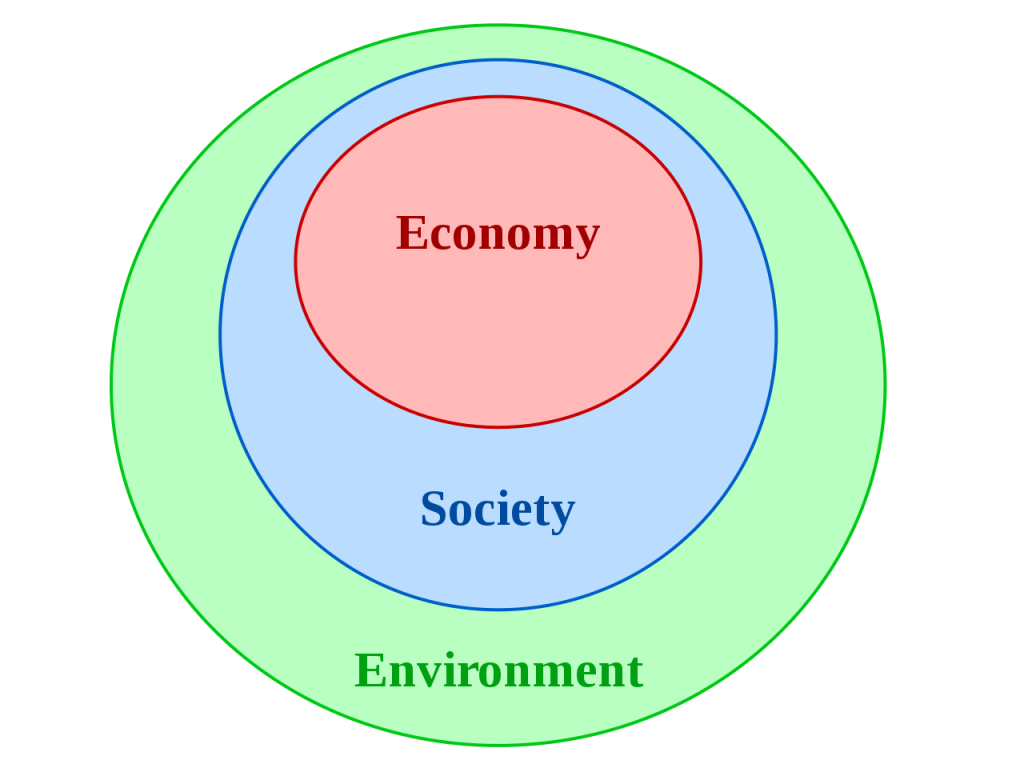
Sustainable development as a concept binds humanity to a broader set of goals, for instance, through the UN’s sustainable development goals (SDGs – see Figure 3.). Keeping these greater goals in mind while examining an object’s sustainability is beneficial. In general, sustainability as a concept stands for the ability to maintain a certain state or level. Sustainability is often tied to a single aspect of sustainable development. For example, a company’s financial sustainability means the ability to maintain business at a set level (this does not mean continuous never-ending growth) or the social sustainability of operations, for example, a municipality’s ability to maintain equality and justice through its services. In the ICT sector, sustainability can be linked, for example, to climate and environmental friendliness, e.g., carbon dioxide emissions caused by ICT solutions.
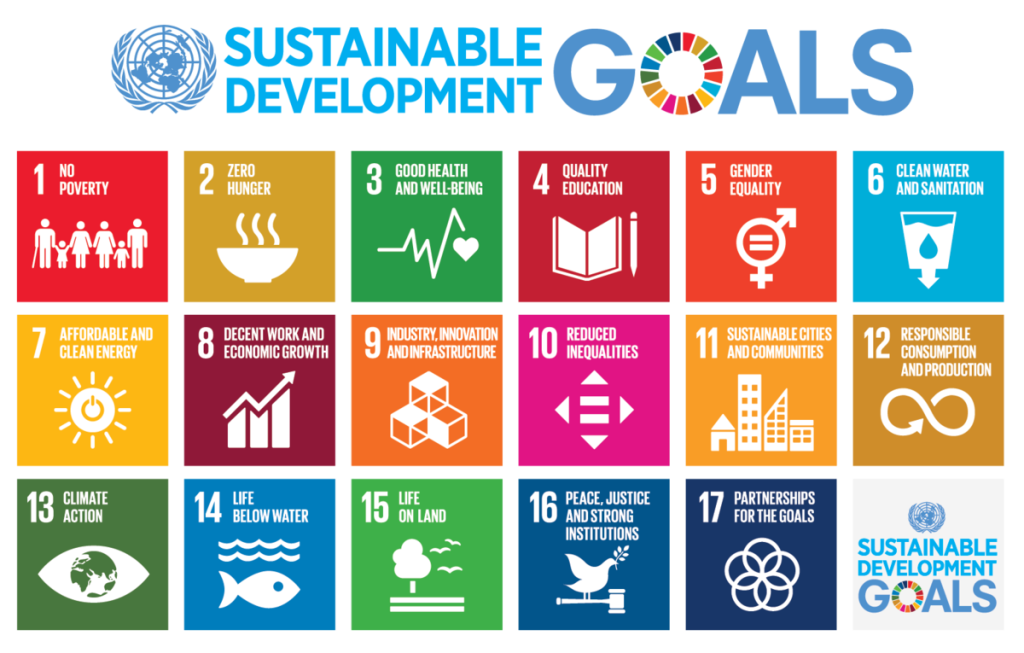
Although sustainable development is often viewed through the three original perspectives (environment, society, and economy), researchers have also proposed other models. Goodland (2002) differentiated the human perspective (human or individual aspect) from the societal perspective, proposing that human capital creates the basis for society’s functioning. Similarly, other perspectives arising from society have been presented, e.g., the Political (circles of sustainability), the Cultural (circles of sustainability), and the Administrative (ESG – Environmental, Social, and Governanc). Penzenstadler (2014) presented a perspective relevant to the ICT industry – technical sustainability. Technical sustainability aims at the ICT solution or a system’s longevity and ability to adapt in accordance with environmental changes. This standpoint can easily be connected to the economy and the environment.
The role of the ICT industry in strengthening the sustainable development of modern society, especially in combating challenges related to the environment, is already significant and will grow even more with accelerated digitalisation. However, we must remember that climate and environment-friendly ICT solutions (Green ICT) always come with both disadvantages (footprint) and benefits (handprint), as shown in Figure 4.

Figure 4 shows how ICT can be a part of the problem, i.e., it causes adverse sustainability effects (e.g., consumes energy) as well as a part of the solution, i.e., it helps to mitigate some effects indirectly (e.g., use of navigators to help minimise the route distance and thus possible carbon emissions of driving).
One should note that when we talk about ICT as part of the problem, we focus on ICT’s carbon footprint (i.e., greenness). We should naturally try to minimise this footprint as much as we can by making our ICT solutions as efficient as possible. When we discuss ICT as a solution, we focus on ICT’s carbon handprint, i.e., how we use ICT to improve the efficiency of other sectors.
The Global eSustainability Initiative (GeSI) has published a series of reports on the role of ICT in sustainability, which are recommended reading for everyone interested in Green ICT. Both the #SMARTer2030: ICT Solutions for the 21st Century Challenges report and Digital with Purpose: Delivering a SMARTer2030 report are excellent starting points for ideas on how to utilise ICT for a better and more sustainable future.
Find out more about sustainability in the ICT sector
- TIEKE’s AamuAreena 10.9.2021 Green ICT – Kestävää ICT-kehitystä. In Finnish
References
- Goodland, Robert. “Sustainability: Human, Social, Economic and Environmental” in Encyclopedia of Global Environmental Change, Wiley and Sons, 2002.
- Penzenstadler, Birgit. “Infusing Green: Requirements Engineering for Green In and Through Software Systems.” RE4SuSy@ RE. 2014.
- Hilty, Lorenz M., and Bernard Aebischer, eds. ICT innovations for sustainability. Vol. 310. Basel, Switzerland: Springer International Publishing, 2015.
